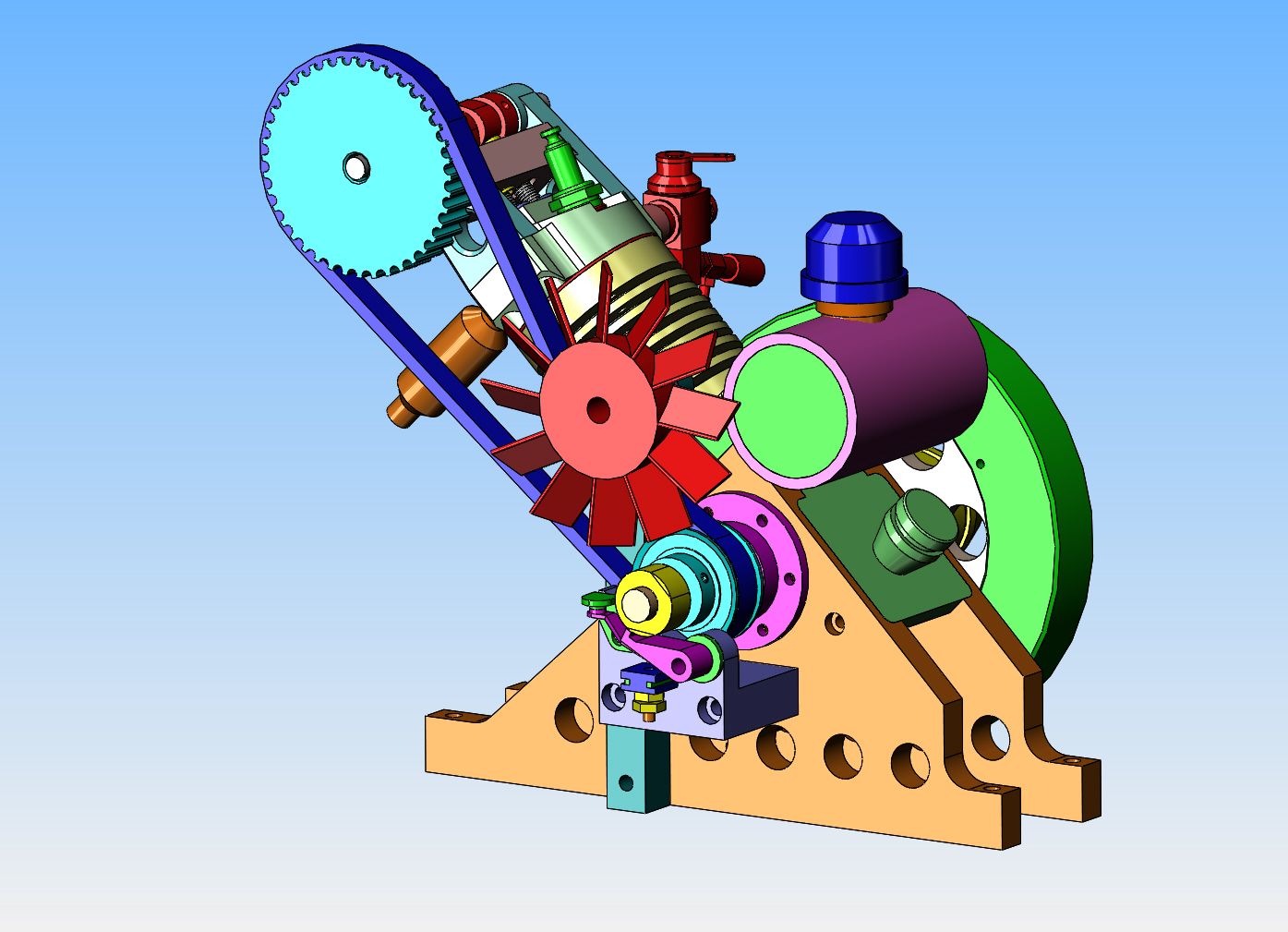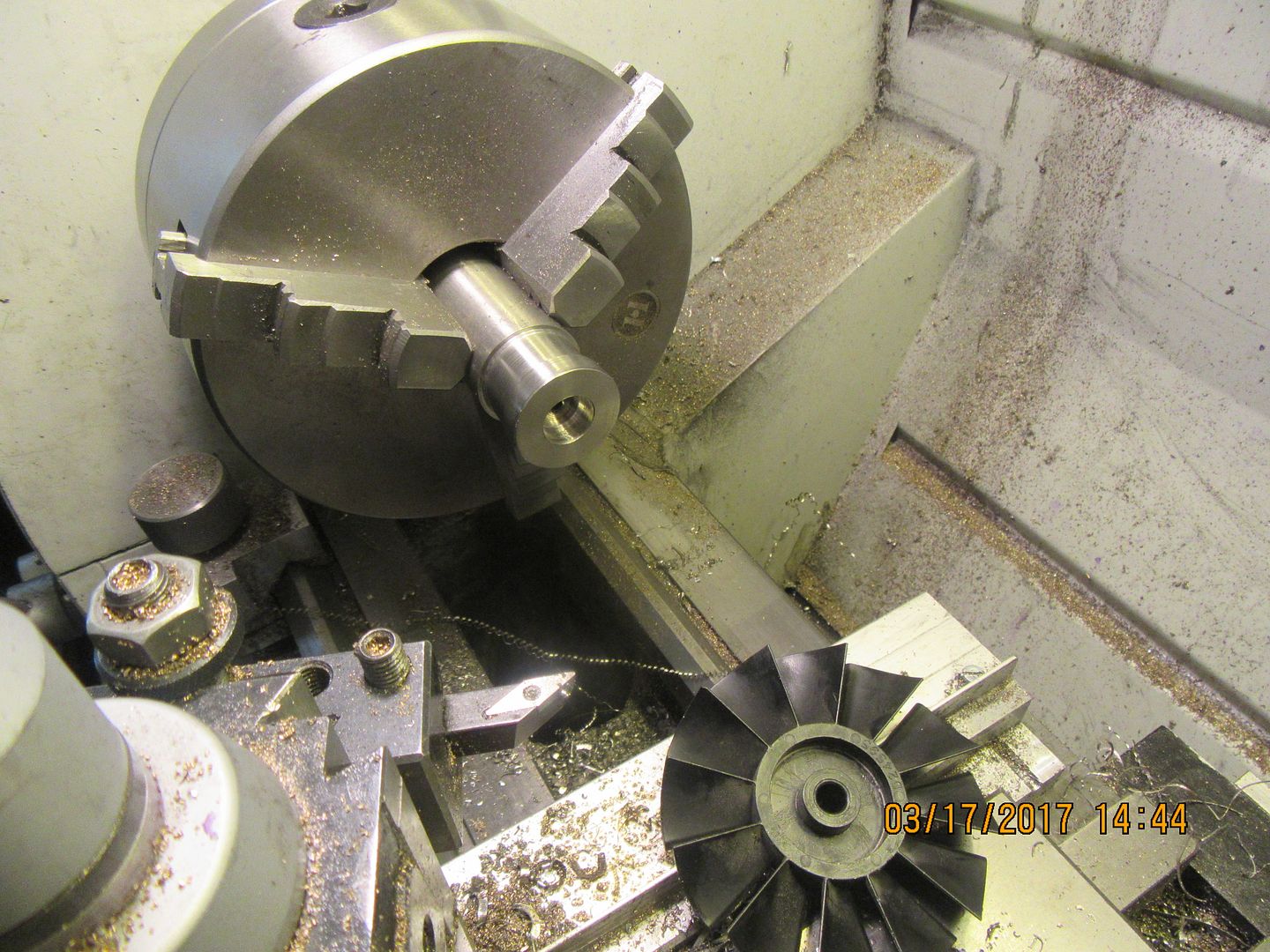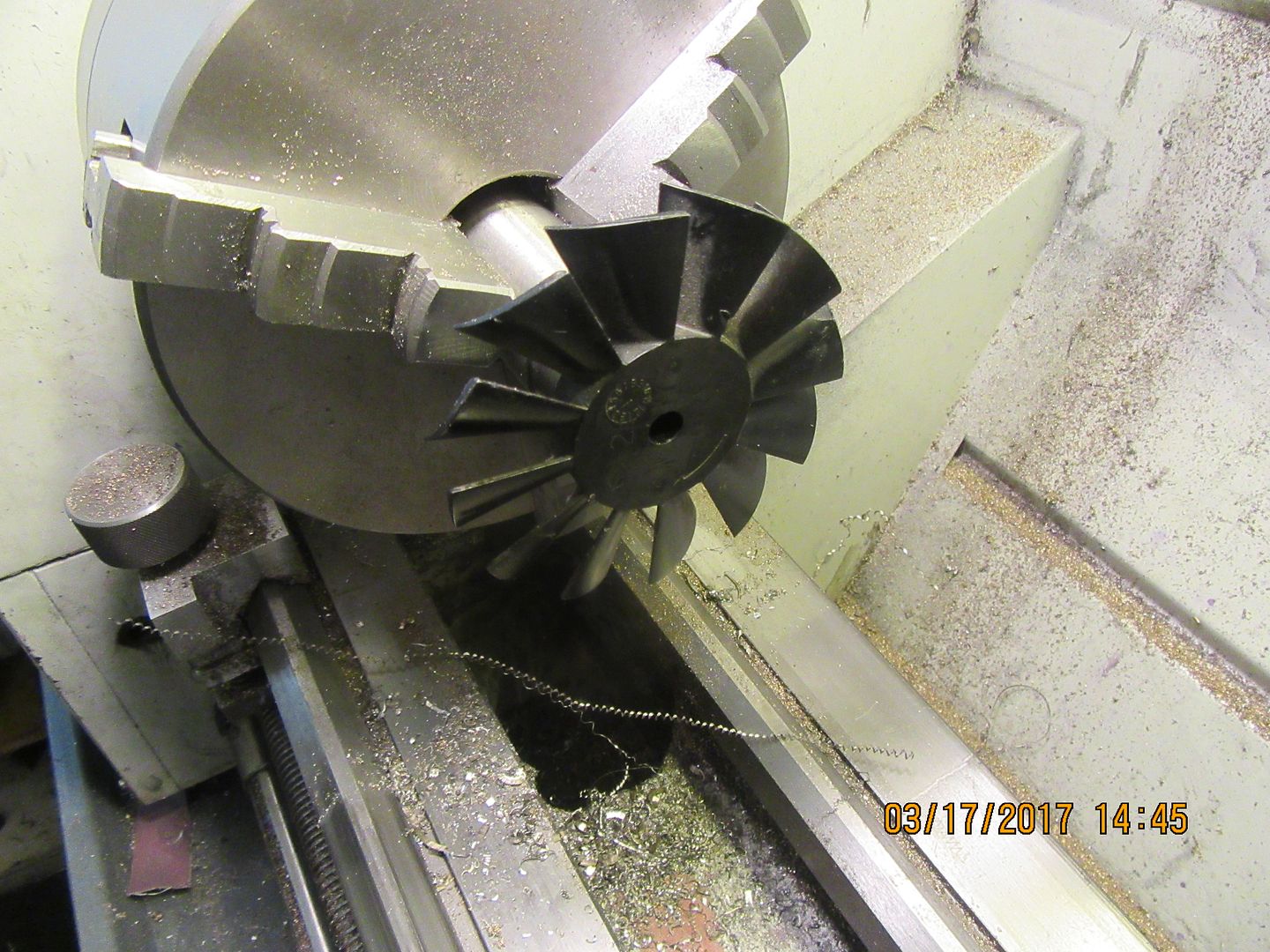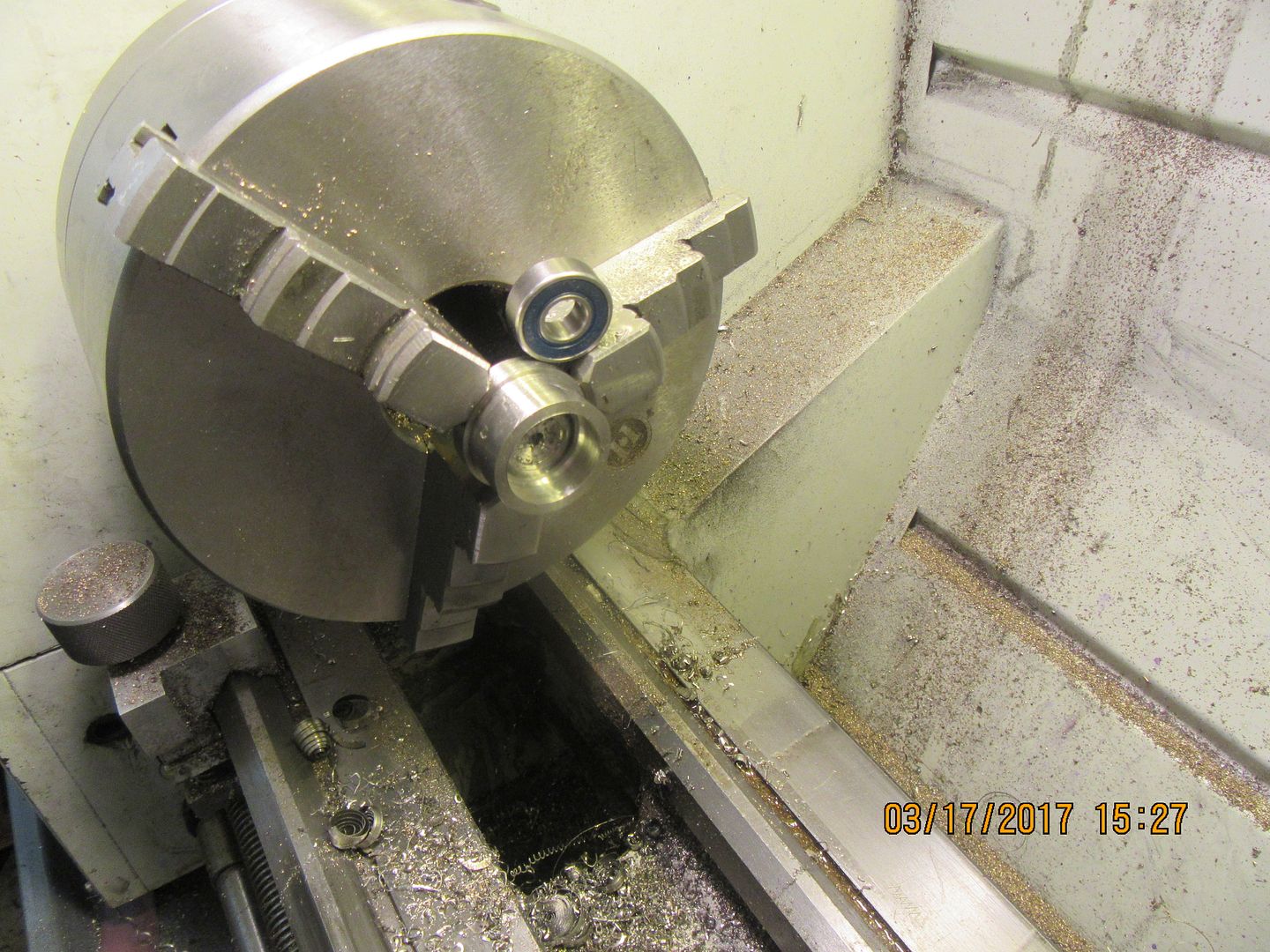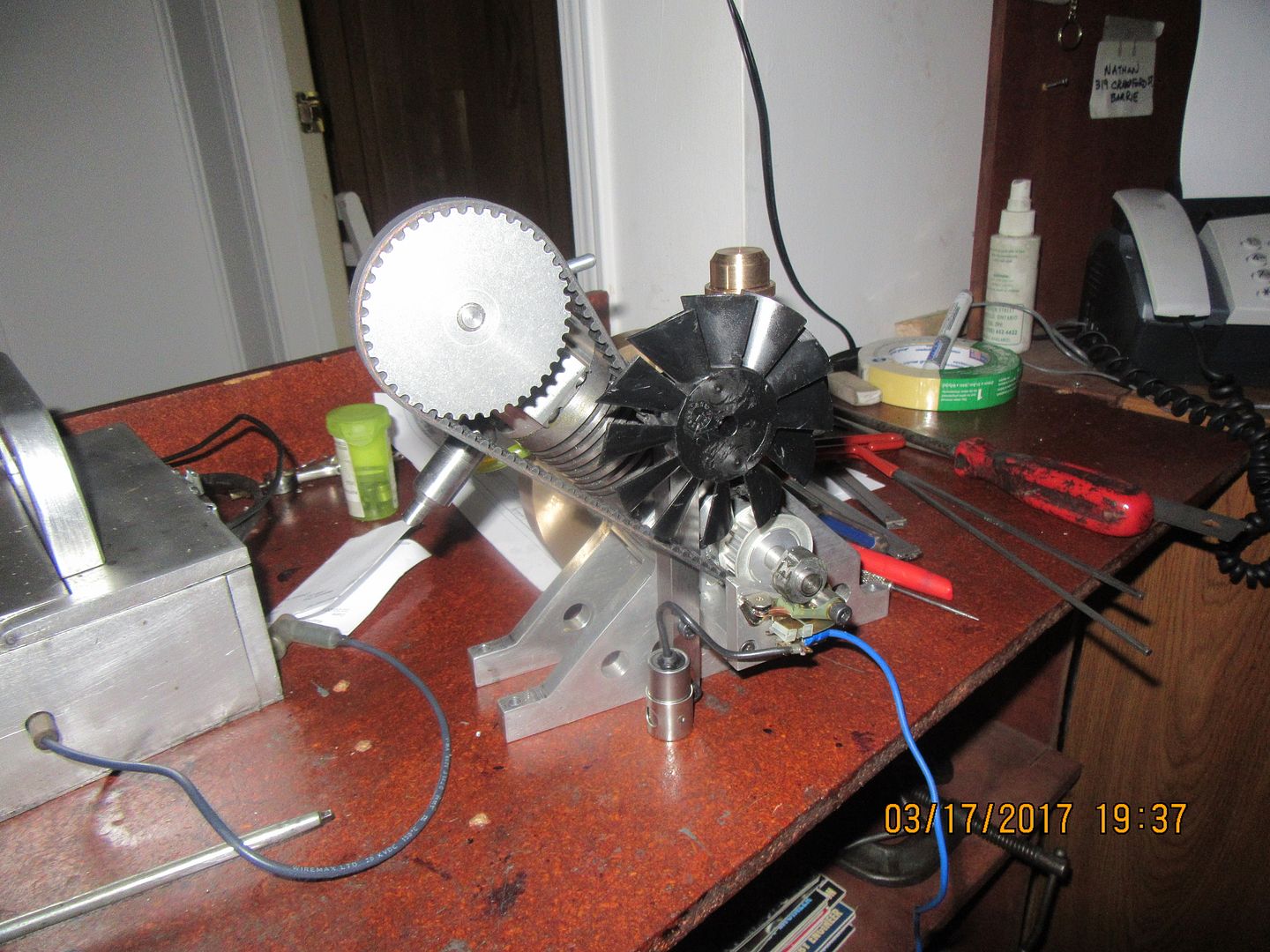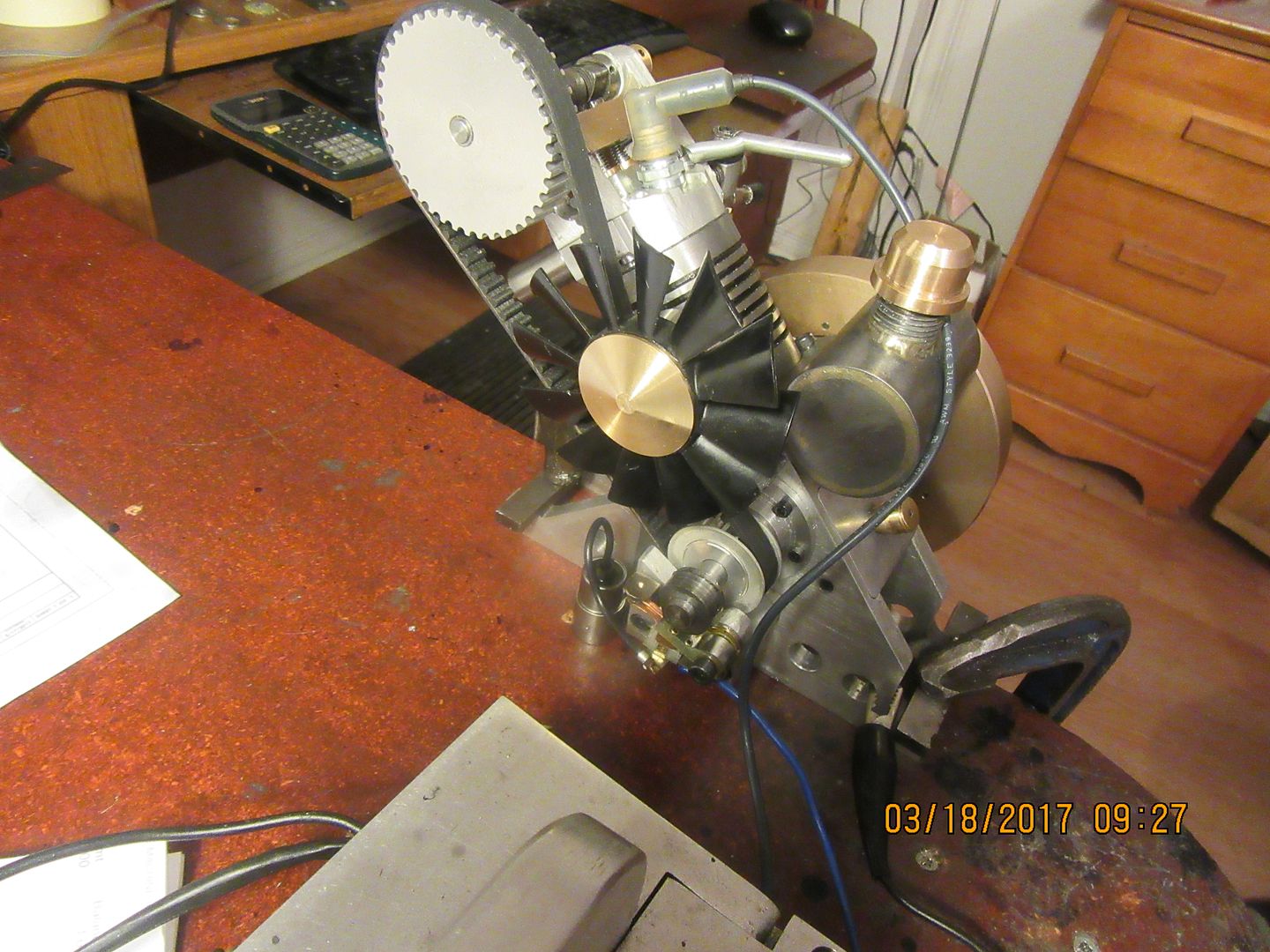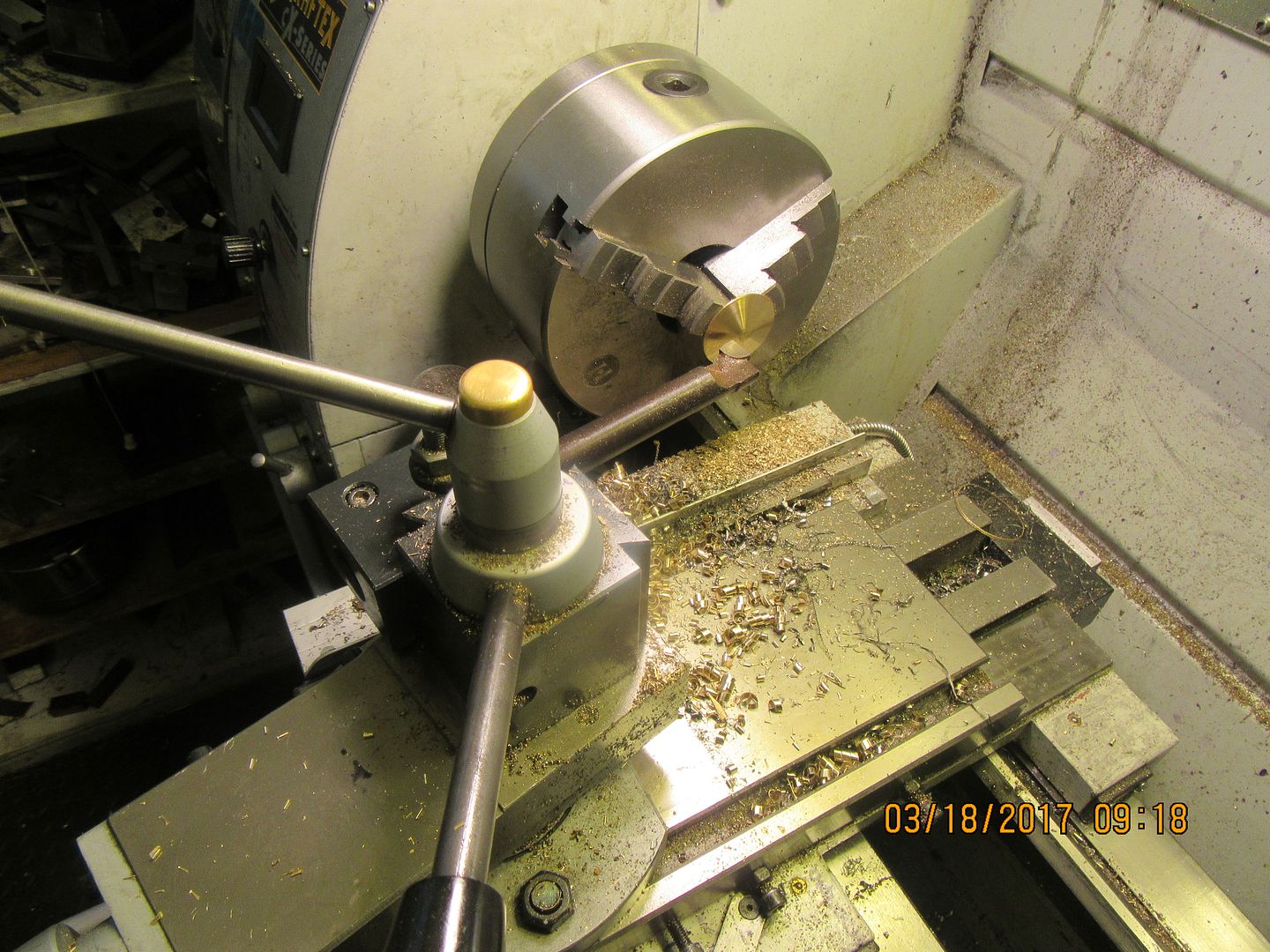- Joined
- Oct 1, 2010
- Messages
- 1,385
- Reaction score
- 417
Brian, Of course I enjoy it. I understand the need for a rest: Have at it!
I also hope to see a future build of something from you: They are all fun to follow and quite instructional. Rest now, but I think your brain might start itching with a new idea later.
Best of luck.
--ShopShoe
I also hope to see a future build of something from you: They are all fun to follow and quite instructional. Rest now, but I think your brain might start itching with a new idea later.
Best of luck.
--ShopShoe





